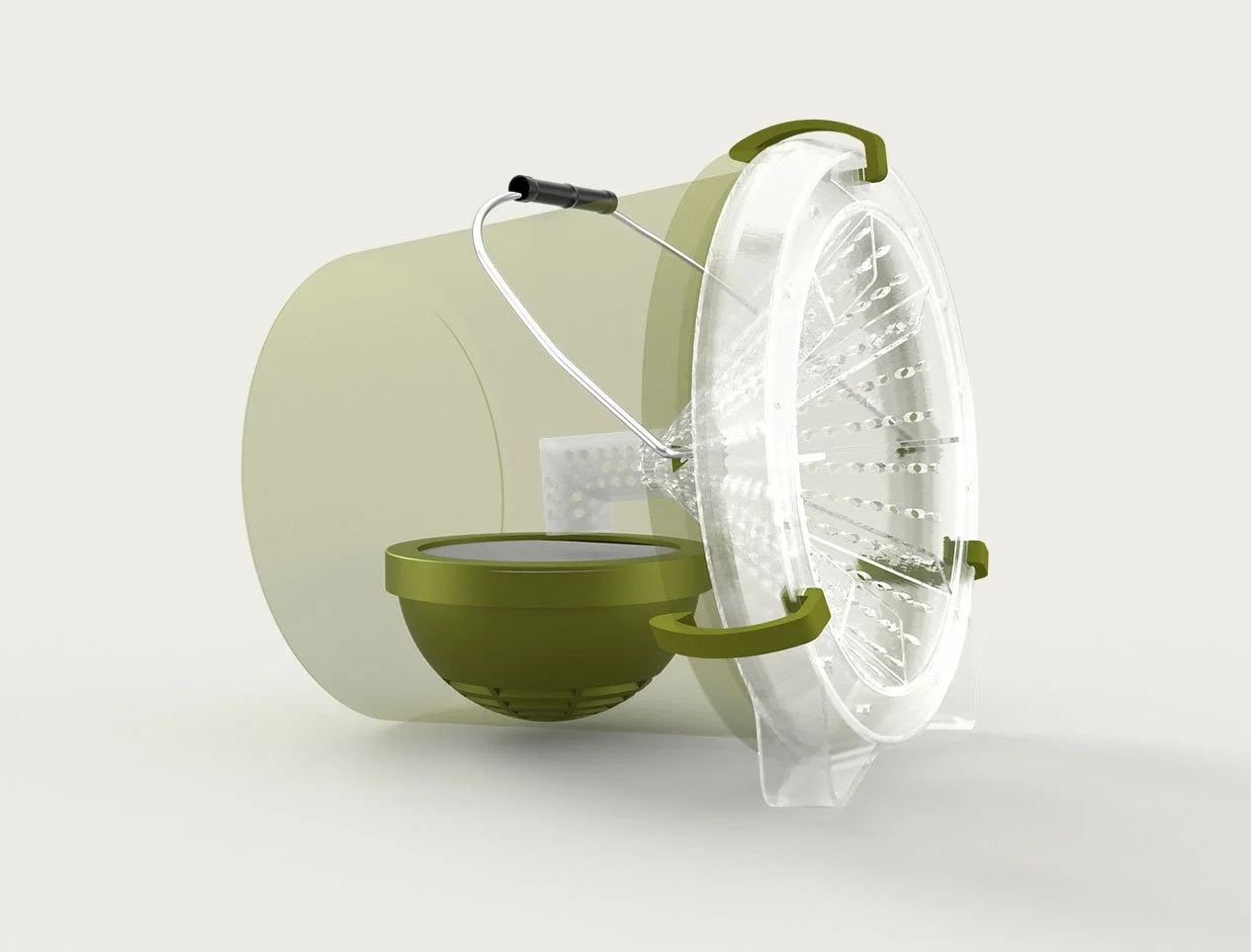FAQS
Selective Trapping with TRAP-X® and the BAIT POD™
Trap-X® is designed to minimise the capture of non-target insects through a combination of selective entry and escape features. It uses precisely sized round escape holes instead of slots, which are difficult for delicate species such as small butterflies and moths to access. These holes, positioned around the upper edge and within the odour-release funnel, act as escape routes that allow smaller non-target insects to exit safely, reducing unintended harm and ecological impact.
Trap-X® also includes a carefully sized entrance, to prevent larger non-target species from entering. To further reduce the risk to beneficial insects such as queen wasps and buff tailed bumblebees, Trap-X® should be deployed at appropriate times of year, following local expert guidance. Regular inspection is essential, and users are encouraged to remain vigilant. Where non-target insects are accidentally captured, prompt and safe release should be carried out as soon as possible.
Illustration depicting Bait Pod™ positioned within TRAP-X®
The Bait Pod™ with it’s anti-spill attractant delivery system prevents insects from coming into direct contact with the attractant, reducing the risk of contamination. As a result, if any non-target species enter Trap-X, they are not directly exposed to the attractant and can escape safely through the selective exit holes, minimising harm and supporting environmentally responsible trapping.
Deployed together, Trap-X® and the Bait Pod™ form a highly effective combination for selective trapping. The Trap-X® design guides target species in while allowing non-target insects to escape, and the Bait Pod™ prevents direct contact with the attractant, reducing contamination and protecting beneficial species.

